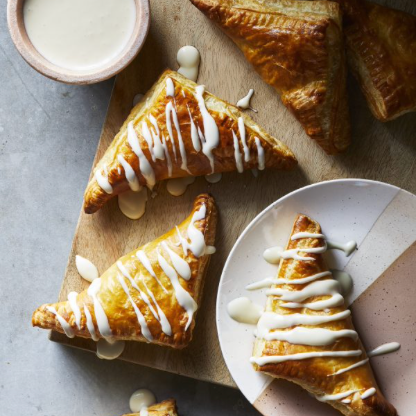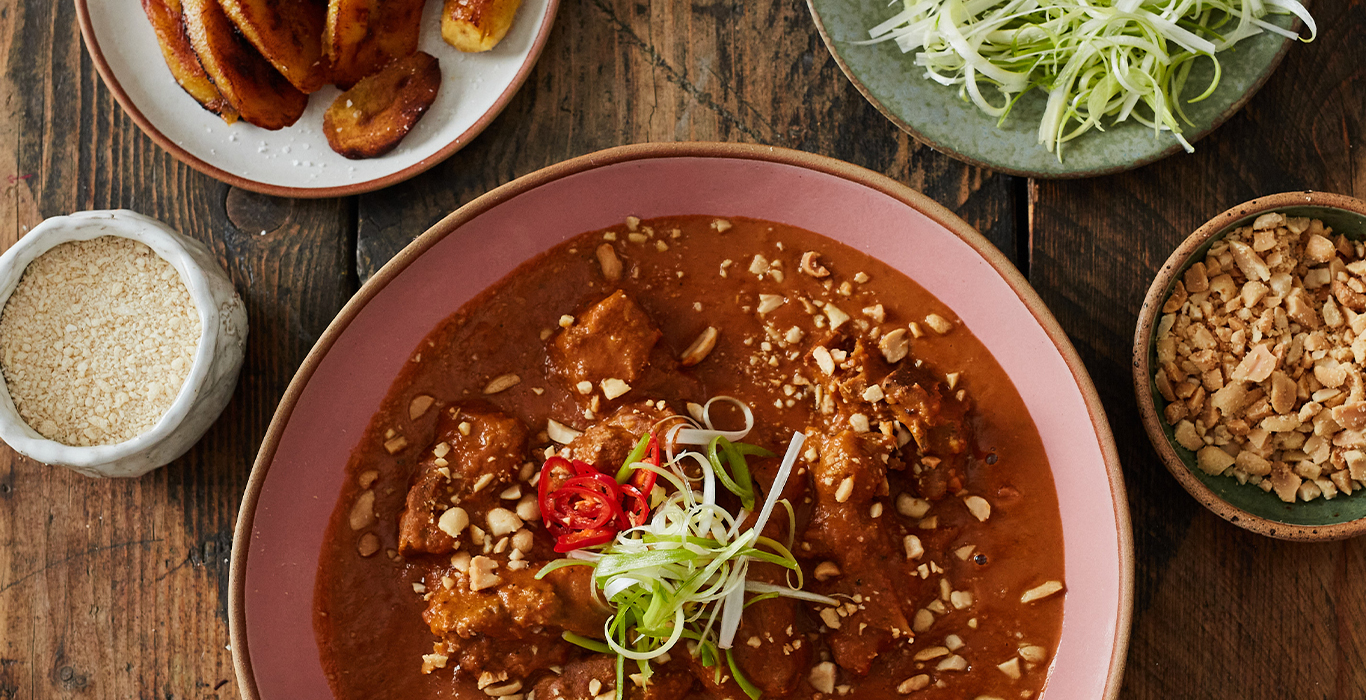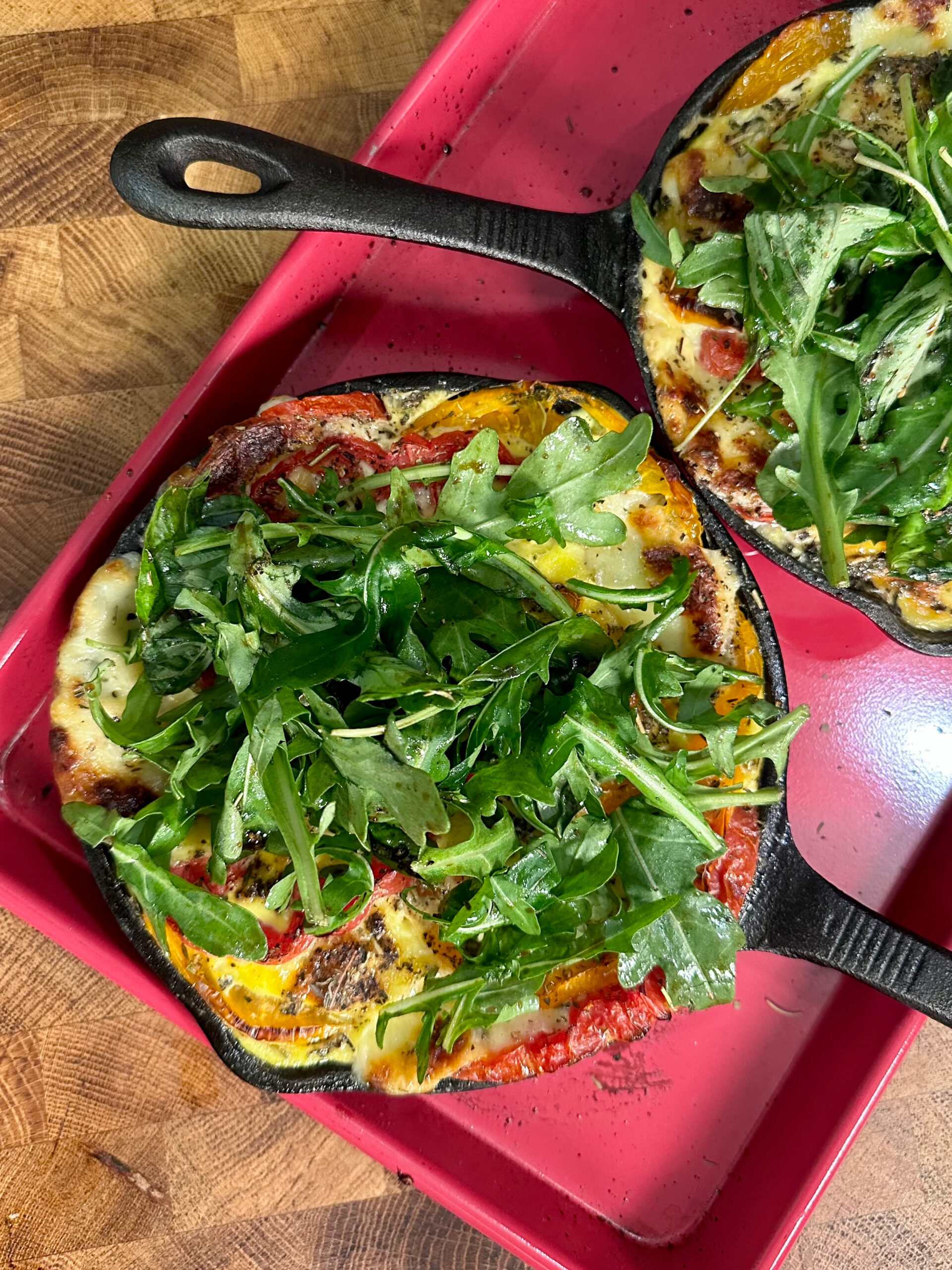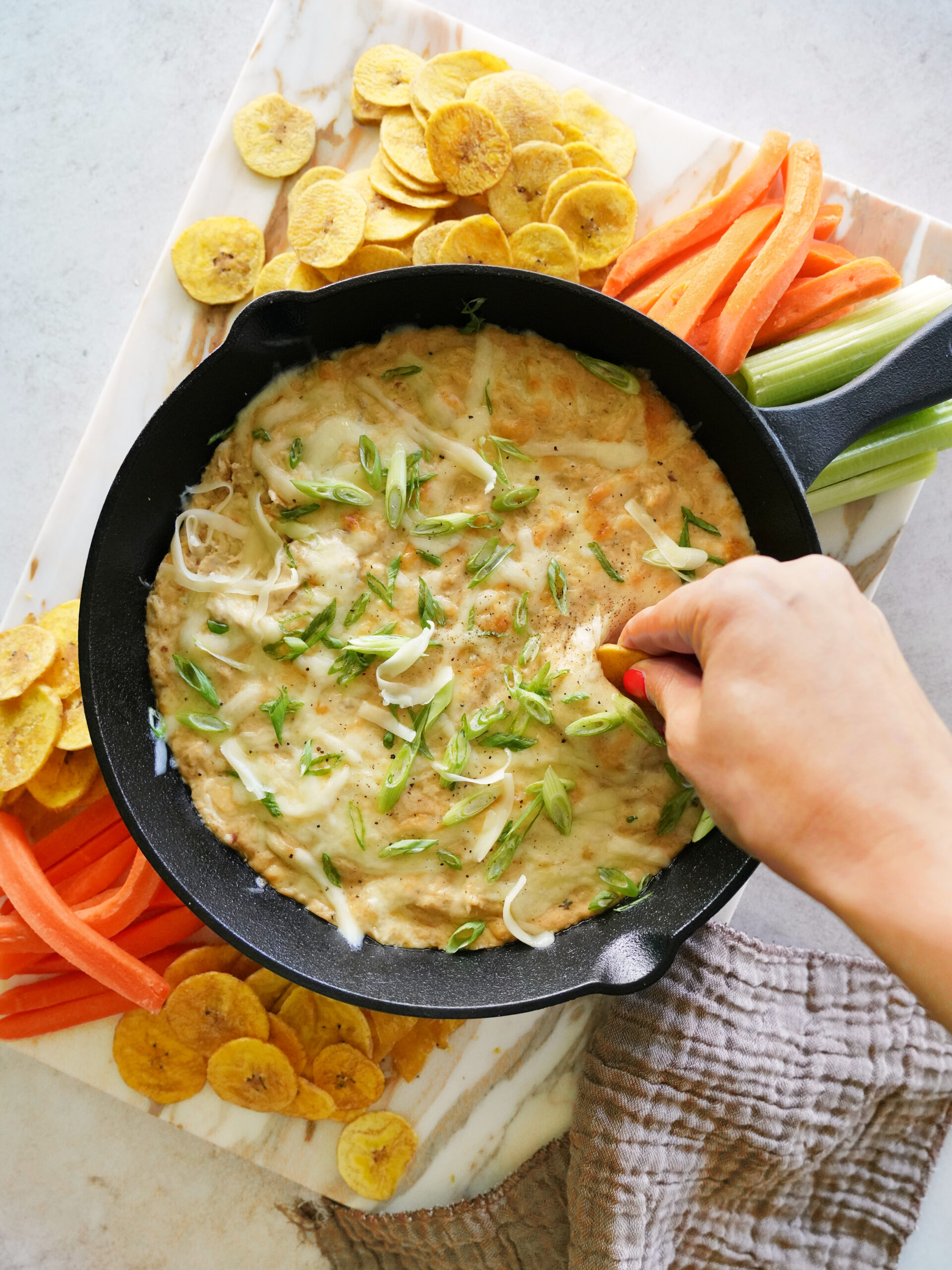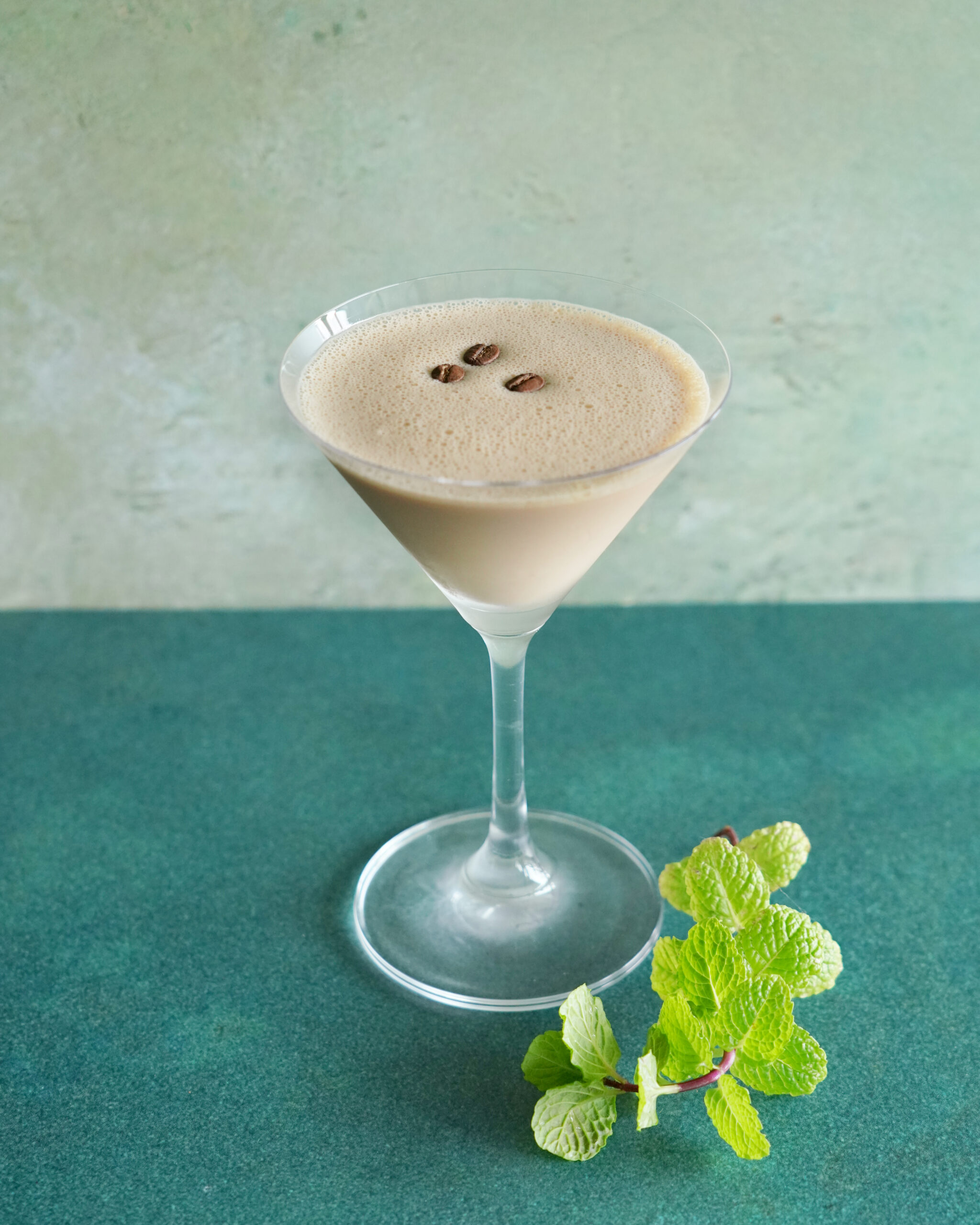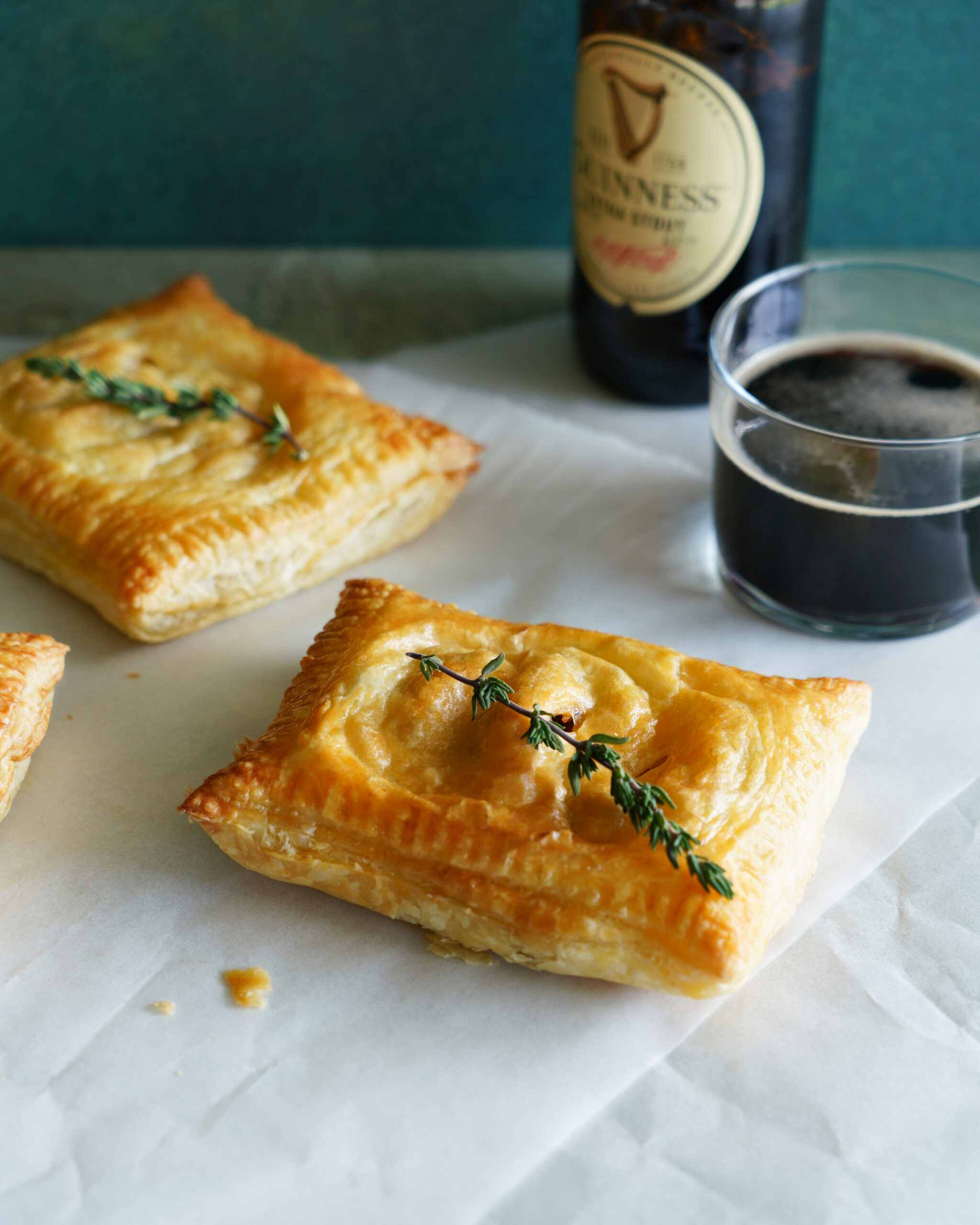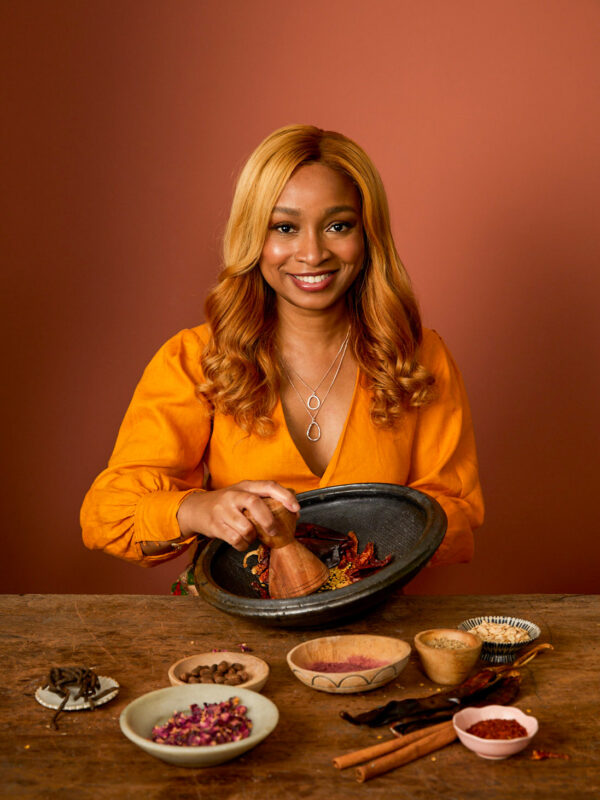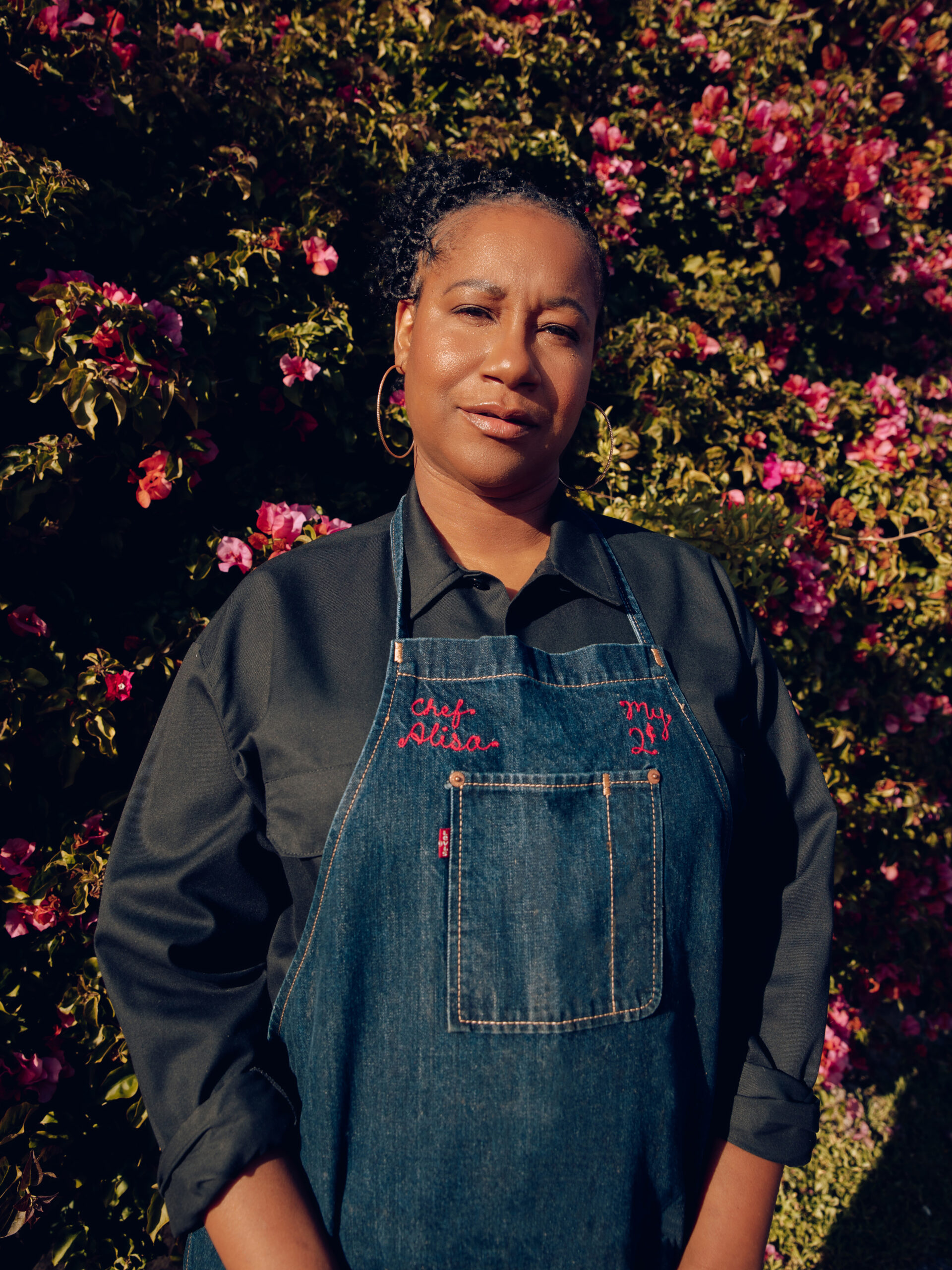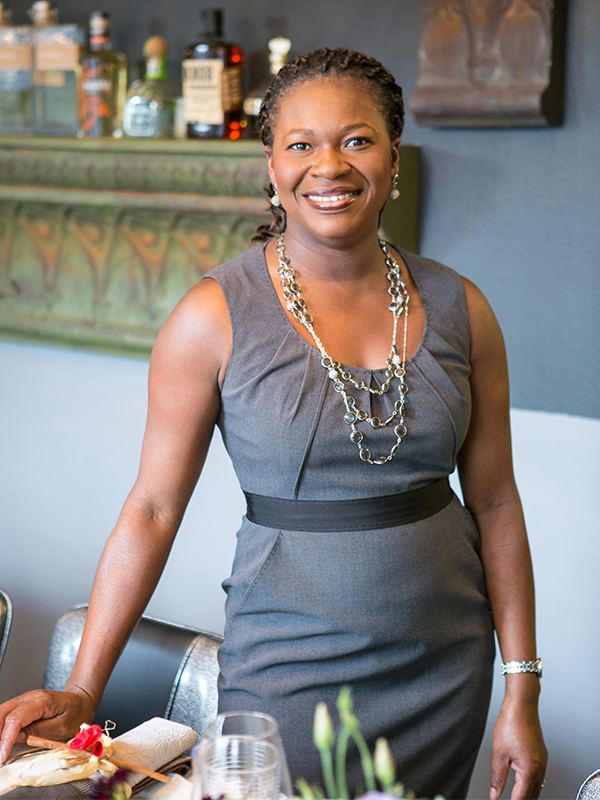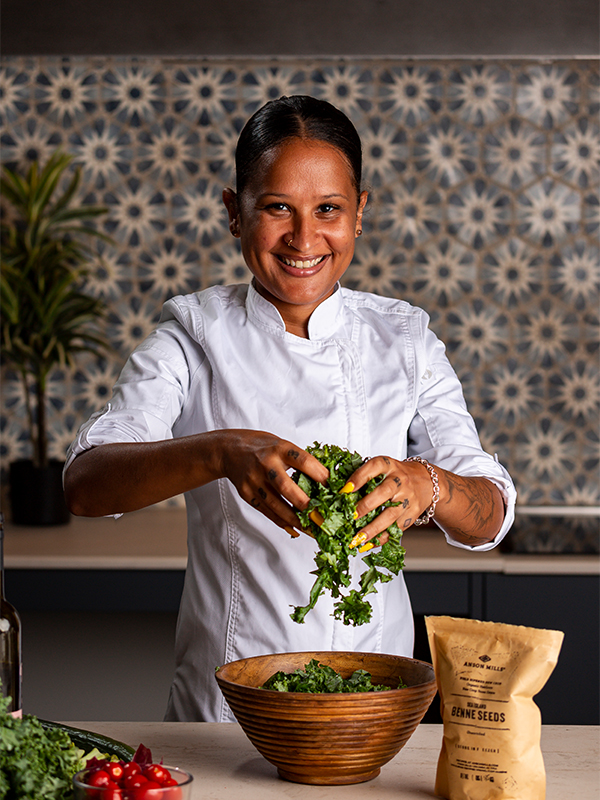“I can’t extricate any part of myself,” says Zoe Adjonyoh—the Irish, the Ghanaian, the queer, the biracial. And luckily, she doesn’t want to. In fact, the intricacies of Adjonyoh’s identity are what have helped shape her life’s work.
A big part of that identity—one that Adjonyoh continues to explore—is her Ghanaian heritage. Adjonyoh’s memories growing up in southeast London are largely marked by vivid moments of witnessing her dad cook traditional dishes from the country. “When I saw him cooking, I got to understand over time how much joy it brought in and how it connected him back to Ghana,” says Adjonyoh.

Adjonyoh would eventually get to experience that feeling herself, visiting Ghana to connect with family, conduct food research and, ultimately, understand who she was a bit more. It was only the beginning of a deep cultural awakening, one that Adjonyoh didn’t just want to keep to herself.
So, in 2010, she started hosting dinner parties under her Zoe’s Ghana Kitchen brand. “Ain’t no dinner party like a Ghana Kitchen dinner party,” Adjonyoh writes of her pop-up dinners—a way of bringing African cuisine to the masses in an accessible way, which would later become the concept for her best-selling cookbook of the same name.
In more recent years, this has evolved into a larger goal of creating a more equitable and diverse food industry. In 2020, Adjonyoh co-founded a platform called Black Book with the aim to decolonize the food world; it serves as a conduit for chefs, entrepreneurs, leaders and activists. During the pandemic, she turned her catering company into an online spice store selling house spice blends, salt mixes and single origin ingredients from small independent organic farms in West Africa and a community kitchen to help provide meals for those struggling in London communities. This year, she joined the James Beard Foundation as director of women’s leadership programs.
Most recently, Adjonyoh partnered with Black-owned West African frozen meal brand AYO Foods to offer a line of entrees.
“There is this context of a bigger idea and a bigger vision always being there,” says Adjonyoh. “At the same time, my career shifted direction. It’s like, ‘Okay, so how do I help people now?’ Uplifting voices and doing it in a way to not have other young Black women or Brown women have the same pain barriers or have the same types of experiences that negatively impacted me.”
For Sweet July, Adjonyoh shares a recipe for Nkatsenkwan—peanut butter stew with lamb. “It’s a hug, this meal,” she says. “This recipe is the ultimate comfort food. It’s my favorite dish from my childhood. It’s the dish I continuously have been cooking since I was about nine years old. It’s all in one pot, and it’s just a gorgeous balance of West African flavors.”
Get Adjonyoh’s recipe for Nkatsenkwan below!
Plus: Looking for the perfect wine to pair with this dish? Sweet July’s wine consultant Julia Coney suggests Rkatsiteli and Mtsvane Kakhuri, two white grapes from Georgia (the country). Coney says, “Rkatsiteli and Mtsvane Kakhuri, when blended together, offer a rich, acidic and complex white blend that will balance not only the lamb, but the richness and elegance of the peanut sauce.”
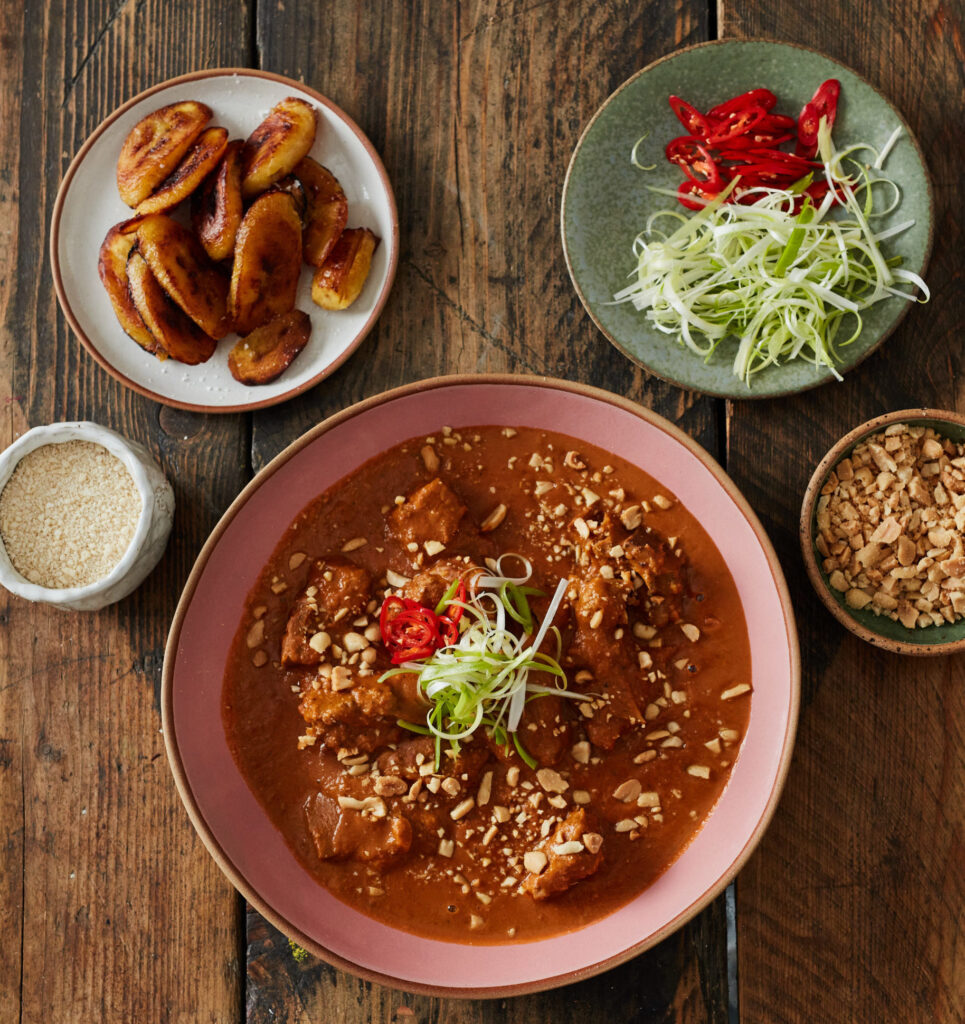
RECIPE:
Zoe Adjonyoh's Recipe For Nkatsenkwan
Reprinted from Zoe’s Ghana Kitchen by Zoe Adjonyoh
INGREDIENTS
800 g (28oz) mixed bone-in lamb (or mutton) neck, leg, and/or shoulder, cubed into knuckle-size pieces (or smaller if you prefer)
2 tsp hibiscus salt
1 tsp freshly ground alligator pepper
500 ml (18fl oz) good-quality vegetable stock
1 onion, finely diced
5 cm (2-inch) piece fresh root ginger, grated (unpeeled if organic)
1 garlic clove, crushed
8 green kpakpo shito (cherry) chilies, or substitute 1–2 Scotch bonnet chilies, pierced, according to desired level of heat
1 tbsp extra hot chili powder
1 tbsp extra hot madras curry powder
6 guinea peppers (cracked open)
100–200 g (3½–7oz) organic peanut butter, depending on how thick you want it
1 red Scotch bonnet chili, pierced
3 tbsp crushed roasted peanuts, to garnish
500 ml (18fl oz) Chalé Sauce
FOR CHALÉ SAUCE
200 g (7oz) canned tomatoes or 300g (10oz) fresh tomatoes
1 roasted red bell pepper
1 tbsp tomato paste
1 small white onion, roughly diced
2.5 cm (1-inch) piece fresh root ginger, grated
1 small red Scotch bonnet chili (use half and de-seed if you have a low heat tolerance or substitute ½ teaspoon cayenne for a milder heat)
1/2 tsp dried chili flakes
2 garlic cloves (optional)
Sea salt to taste
1 tsp extra hot madras curry powder
1/2 tsp extra hot chili powder
INSTRUCTIONS
FOR CHALÉ SAUCE: Place all the ingredients in a blender and blend together until you have a fairly smooth paste.
FOR NKATSENKWAN: Season the meat with hibiscus salt and alligator pepper.
Put the lamb, any extra bones and the stock into a large, heavy-based saucepan. Steam the meat for 5-8 minutes until the lamb juices run clear before adding the onion, ginger, garlic, fresh chilies, chili powder, curry powder and guinea peppers. Cook together for another 10 minutes. Using a slotted spoon, remove the meat and set aside for later. If you used bones in the stock, remove these as well. Bring to a boil, then reduce the heat and simmer over medium heat for 25 minutes. Add the chalé sauce, then gradually add the peanut butter until it has all dissolved. Once incorporated, use an immersion blender to blend into a smooth liquid.
Re-introduce the meat to the pot, then add the Scotch bonnet chili and cook for a further 90 minutes on a low heat until the meat is tender and falling off the bone. The peanut oil should rise to the top, and you should have a soupy consistency and super-tender meat falling away from the bone.
- Serve with your choice of side dish (see the recipe introduction) or with crushed roasted peanuts or gari sprinkled on top.





